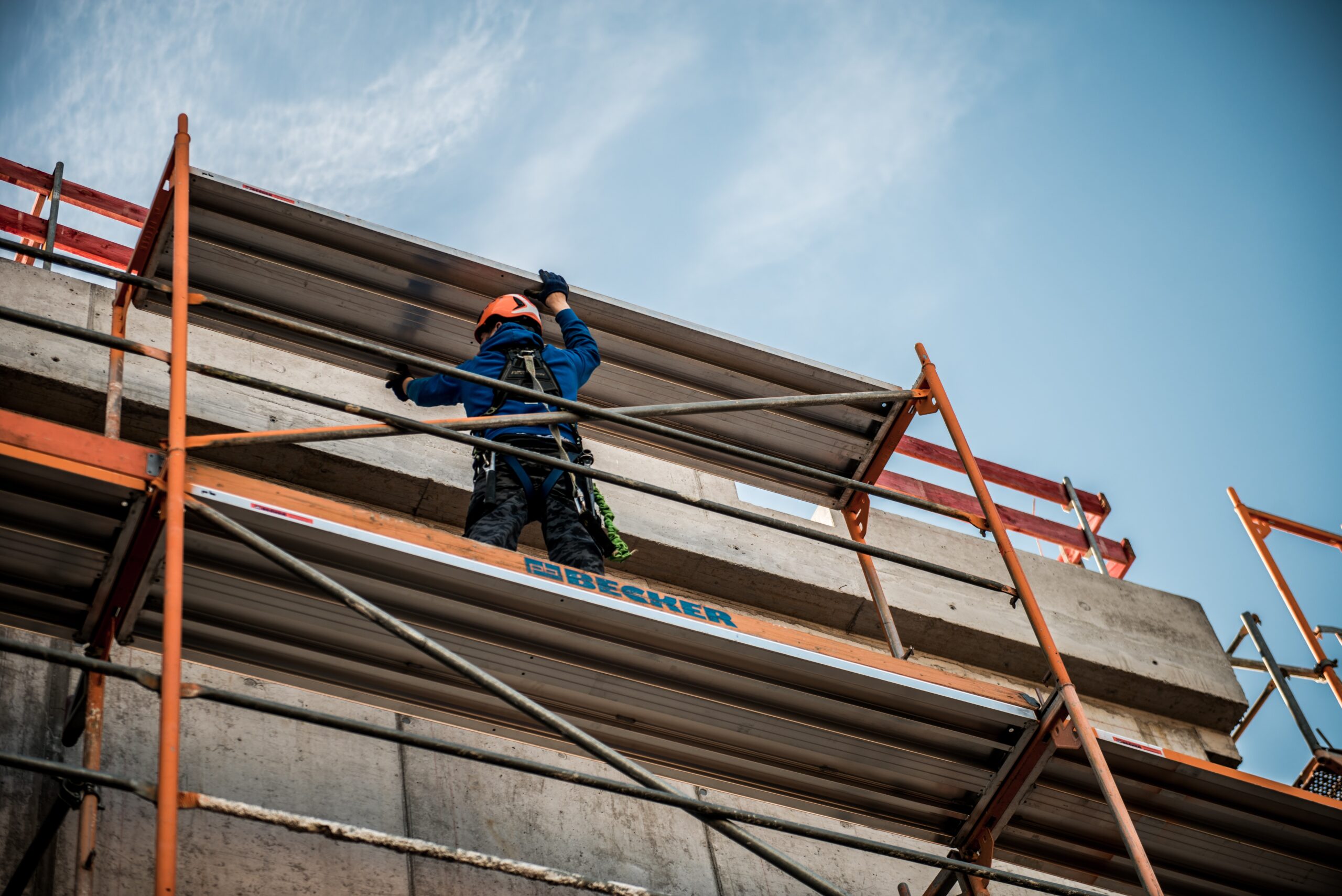

Why retrofitting social housing isn’t just an option – it’s a necessity
Retrofitting the UK’s social housing stock is a pressing challenge that demands immediate attention. As highlighted by Chloë Phelps in her article for Building Design, the consequences of neglecting this issue are evident in rising fuel poverty, deteriorating living conditions, and the nation’s struggle to meet its net-zero commitments.
The Case for Retrofitting Social Housing
With nearly five million homes in the UK’s social housing sector, over half have low Energy Performance Certificate (EPC) ratings, placing tenants at risk of fuel poverty. Retrofitting these homes is not just about energy efficiency; it’s about improving residents’ quality of life, reducing carbon emissions, and preserving communities.
Benefits Beyond Energy Efficiency
Retrofitting offers numerous advantages:
- Community Preservation: Unlike demolition, retrofitting allows residents to remain in their homes, maintaining community ties.
- Economic Opportunities: Retrofitting projects can stimulate local economies by creating jobs and supporting local businesses.
- Environmental Impact: By upgrading existing structures, we reduce the need for new construction, thereby lowering embodied carbon emissions.
Challenges and the Path Forward
While retrofitting can be costly—sometimes rivaling the expense of new construction—the long-term benefits often outweigh the initial investments. To make retrofitting more feasible:
- Policy Support: Government incentives and funding can alleviate financial burdens.
- Industry Training: Upskilling the workforce ensures quality retrofitting practices.
- Community Engagement: Involving residents in planning ensures that upgrades meet their needs and gain their support.
Conclusion
Retrofitting social housing is not merely an architectural challenge; it’s a societal imperative. By prioritizing the upgrade of existing homes, we can address fuel poverty, reduce carbon emissions, and foster resilient communities. The time to act is now.
For a deeper dive into this topic, read Chloë Phelps’ full article on Building Design.









